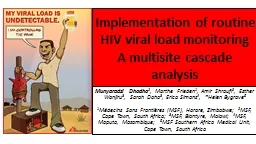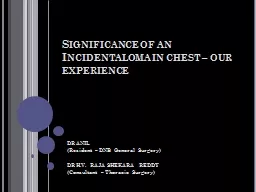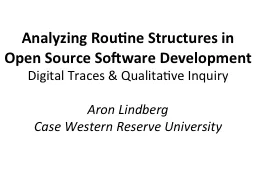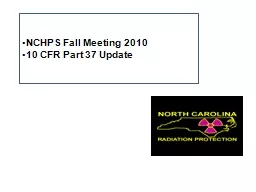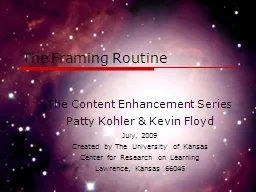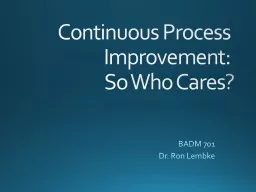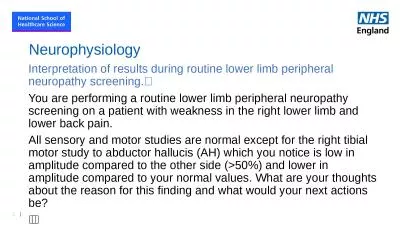PPT-Implementation of routine
Author : contera | Published Date : 2020-08-28
HIV viral load monitoring A multisite cascade analysis Munyaradzi Dhodho 1 Marthe Frieden 1 Amir Shroufi 2 Esther Wanjiru 3 Sarah Daho 3 Erica Simons 4
Presentation Embed Code
Download Presentation
Download Presentation The PPT/PDF document "Implementation of routine" is the property of its rightful owner. Permission is granted to download and print the materials on this website for personal, non-commercial use only, and to display it on your personal computer provided you do not modify the materials and that you retain all copyright notices contained in the materials. By downloading content from our website, you accept the terms of this agreement.
Implementation of routine: Transcript
Download Rules Of Document
"Implementation of routine"The content belongs to its owner. You may download and print it for personal use, without modification, and keep all copyright notices. By downloading, you agree to these terms.
Related Documents

